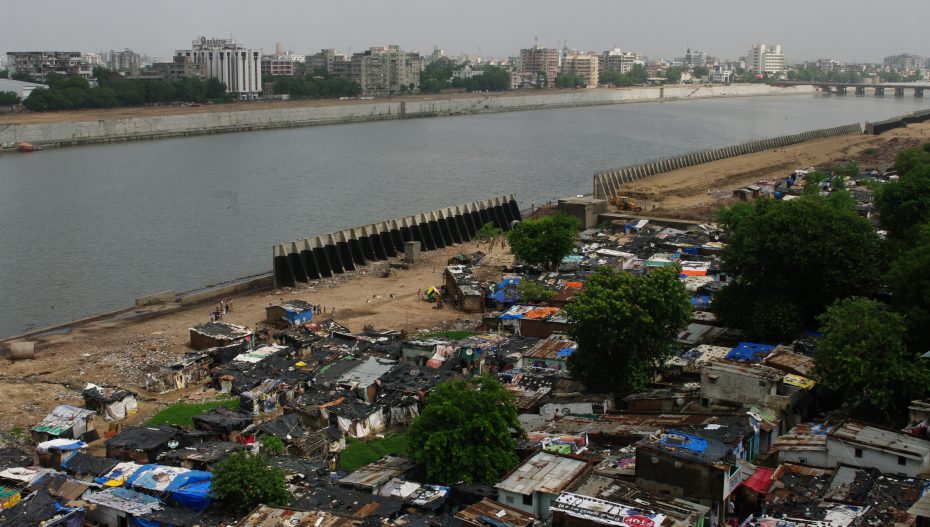
AHMEDABAD: A team of community health professionals including the Health Department of Ahmedabad Municipal Corporation conducted disease mapping of water-borne infections in the city. The number of cases recorded from water-borne infections over the span of last 7 years were analysed. The analysis indicated that areas with the highest cluster of population under the age of 6 and slum settlements were most vulnerable. The city has recorded around 97,171 combined cases of typhoid, viral hepatitis and diarrhoea.
The study found that Shahpur, Jamalpur, Khadia, were among the six municipal wards that reported higher disease incidence along with few southern wards. It notes that one of the reasons for higher incidence rate was that eastern and southern zones have higher number of mills and factories that has led to higher informal settlements of slums. Another reason cited in the study is poor civic amenities and aging infrastructure like old water pipes, buildings, drainage systems, which led to higher transmission of water-borne diseases.
For viral hepatitis, the study identified six wards as high-risk or hotspots that had higher slum population density and illiterate population. For diarrhoea, six wards were identified as hotspots which lie towards the southern and central zones of the city. The study found significant association of diarrhoea incidence with population group of 0-6 years of age. High population density in slums and illiteracy were found to be two most important factors for a higher incidence rate of typhoid.
The study was conducted by researchers from University of Maryland; School of Public Health, Chung Yuan Christian University; Ahmedabad Municipal Corporation; and Indian Institute of Public Health, Gandhinagar.

